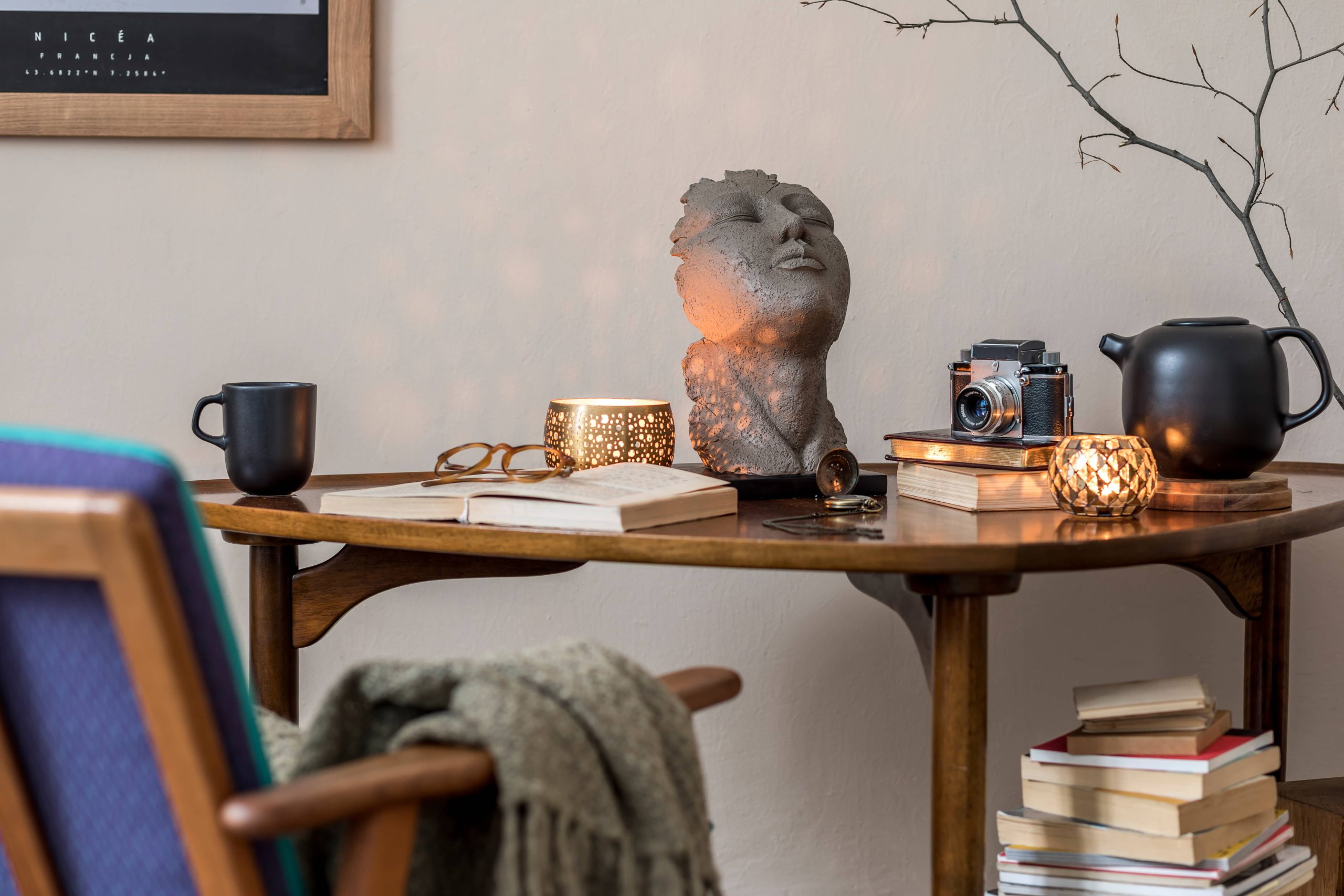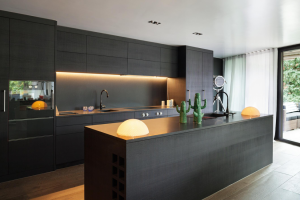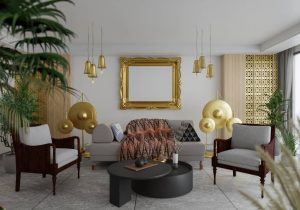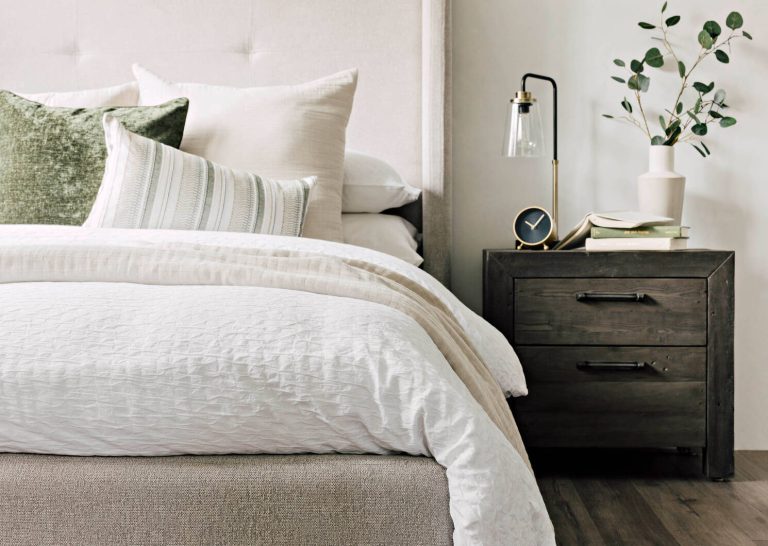
When it comes to decorating your home, curtains often get overlooked. Many people invest heavily in furniture and paint, leaving window dressings as an afterthought. However, the right curtains can completely transform a room’s ambiance, balancing light and privacy while adding a splash of color or pattern. Tailoring your curtain choices to fit the specific needs of each room can elevate your home decor to new heights. In this blog post, we’ll guide you through selecting the appropriate curtains for every room in your house, ensuring both functionality and style.
The Living Room: Balancing Style and Function
The living room is the heart of your home, where comfort meets style. It’s often the most versatile space, used for everything from entertaining guests to unwinding after a long day. Therefore, the curtains you choose for your living room should strike a balance between aesthetics and practicality.
Considerations:
– Light Control: If your living room gets a lot of sunlight, opt for curtains that offer some light filtering capabilities. Sheer or semi-sheer curtains can soften daylight entering the room while providing some privacy.
– Material: Heavier fabrics like velvet or wool can add a luxurious touch and help with insulation. Alternatively, linen or cotton gives a more relaxed and airy vibe.
– Color and Pattern: Coordinate your curtain colors with the rest of your decor. Neutral-colored curtains offer a timeless look, while bold patterns or colors can act as an accent piece.
The Bedroom: Prioritizing Privacy and Relaxation
The bedroom is a sanctuary, and window treatments here should reflect a calming environment, prioritizing privacy and aiding in a good night’s sleep.
Considerations:
– Blackout Curtains: Light-blocking curtains are essential if you’re sensitive to early morning light or have streetlights outside.
– Layering: Consider layering sheer and blackout curtains. This allows for flexibility in light control during different times of the day.
– Colors: Soft hues or pastels promote relaxation. Strong colors may be energizing, which might not be ideal for a restful space.
The Kitchen: Practicality Takes Precedence
Kitchens are bustling hubs where practicality often takes precedence. Heavy or long curtains may not be ideal given the potential for spills and splashes that occur in cooking areas.
Considerations:
– Material: Choose easy-to-clean materials like cotton, which can often be wiped clean and don’t trap odors.
– Length: Consider shorter curtains or cafe-style curtains that cover only the lower part of the window. These are not only practical but also retain a sense of openness.
– Pattern: If you want to incorporate a bit of style, consider playful patterns or colors that complement your kitchen’s theme, adding warmth to the space.
The Bathroom: Humidity-Proof and Private
Bathrooms require window dressings that can withstand moisture and ensure privacy. The right choice will offer a blend of function, privacy, and style.
Considerations:
– Material: Opt for moisture-resistant materials like polyester or blends that are less likely to mold or mildew.
– Privacy: Frosted glass or blinds are popular for bathroom privacy, but if you prefer curtains, make sure they’re opaque when closed.
– Mounting: Ensure the curtain rod or track is rust-resistant if it’s going to be exposed to humidity.
The Home Office: Focus and Flexibility
In a home office, the choice of curtains can impact both your mood and productivity. It’s crucial to have a space that supports focus and minimizes distractions.
Considerations:
– Light Control: Depending on how sunlight affects your screen visibility or work mode, use curtains that can diffuse or block out light as needed. Adjustable blinds paired with a light-filtering curtain can work well.
– Colors and Patterns: Neutral tones often promote concentration without causing distractions. Minimal patterns can add personality without overwhelming the space.
– Insulation and Noise Reduction: Consider heavier curtains to muffle outside sounds or insulate against temperature fluctuations, creating a comfortable work environment.
The Dining Room: Creating Ambiance
The dining room is a social space that benefits from a touch of elegance. Curtains here should contribute to a warm and inviting atmosphere.
Considerations:
– Material and Fabric: Rich textures like silk, brocade, or jacquard can elevate the dining experience. However, make sure they are easy to clean if your dining room is adjacent to the kitchen.
– Light and Mood: Depending on the level of natural light, sheers paired with opaque panels can offer the flexibility of a bright room during the day and a cozy setting at night.
– Extension of Decor: Let your curtains echo elements of your dining furniture or decor. This could mean matching the trim or engaging in a color palette that complements your table settings or artworks.
Final Thoughts
Choosing curtains for various rooms of your home involves a blend of creativity, functionality, and practicality. While styling windows may seem minor compared to full redecoration projects, it plays a pivotal role in setting the tone, enhancing aesthetics, and improving the comfort of your household. By understanding the unique demands and opportunities presented by each room, you can make informed choices that brighten and transform your living space into a cohesive masterpiece of interior design.













